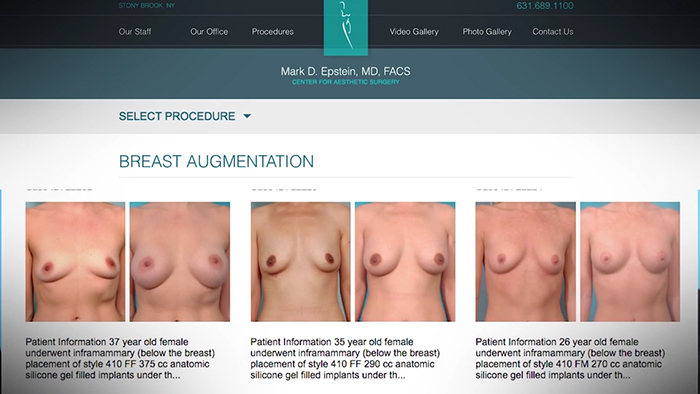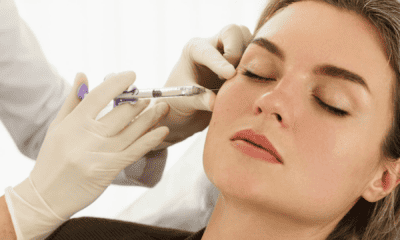Chances are if you’re interested in checking out a business nowadays, you will visit their website before you ever visit them in person. The same holds true for patients considering plastic surgery. Head to any plastic surgeon’s website and you will be introduced to both the surgeon and to his or her work before you make the decision to call and schedule a consultation. What should you be looking for?
If you’ve spent any time navigating around before and after galleries, you’ve no doubt noticed that they vary widely from website to website. One surgeon may have only a small handful of before and afters per procedure, while another surgeon may have an entire database filled with hundreds of patient cases. Before and after galleries vary not only in quantity, but also in the quality of the images and in the details they provide alongside them. How can you tell if the images in the online gallery are a realistic representation of the surgeon’s work? To answer the question we sat down with four of today’s top plastic surgeons for a crash course on the important details keep in mind when viewing before and after galleries of potential surgeons.
by Anne Meyer
Standardization
When a before photo has bad lighting and no makeup while the after photo, in contrast, looks like a glamour shot, it’s a problem, points out Dallas surgeon Dr. Michael Lee. “That’s not the result of the surgery, per se,” says Lee. “A lot of times that will be the result of all of the camera magic. It’s very important to make sure that with the before and afters it’s a standardized photo, similar dress, same angle, same focal length, all of those things are very important.”
In order for pictures to provide an accurate depiction of the patient before and after surgery, the photographer has to keep the patient’s position, the camera’s position, settings, the background, clothing, and lighting consistent.
Defining the “After”: After Surgery or After Healing?
New Jersey based plastic surgeon Dr. Caroline Glicksman indicates that it’s a red flag if the post-operative picture appears to be taken the day after stitches are removed. The “after” photos should provide the viewer with a realistic idea of how the results will look long term, not in the early healing stages when the majority of swelling is still present. Dr. Mark Epstein of Long Island, NY points out the importance of seeing the results of breast augmentation after the breasts have settled, not in the early stages when, “everyone looks good.”
It’s All In the Details
Important details need to accompany images in a before and after gallery. “A lot of these sites will just have before and afters,” warns Glicksman. “You don’t know how old the patient is, you don’t know how far out from surgery, you don’t know what type of implant, you don’t know how large the implant was.” For breast augmentation patients looking to compare their information to that of the patient in the picture, patient age, height, weight, implant size, implant shape, and whether or not the patient has had children can all be extremely helpful.
Ohio based surgeon Dr. Craig Colville also includes details pointing out asymmetries in his patients that would be easily overlooked by an untrained eye. “A lot of women have asymmetric breasts,” explains Colville. “Either in terms of the breasts being different sizes, or they’re actually in different positions on the chest.” Epstein agrees that it is important for potential patients to see anatomical variations in a surgeon’s before and after gallery. When galleries include patients with great skin quality as well as those with poorer tissues and asymmetries, they become much more than a showcase of work, they become a tool to help surgeons manage patient expectations.

















Facebook
Twitter
Instagram
YouTube
RSS